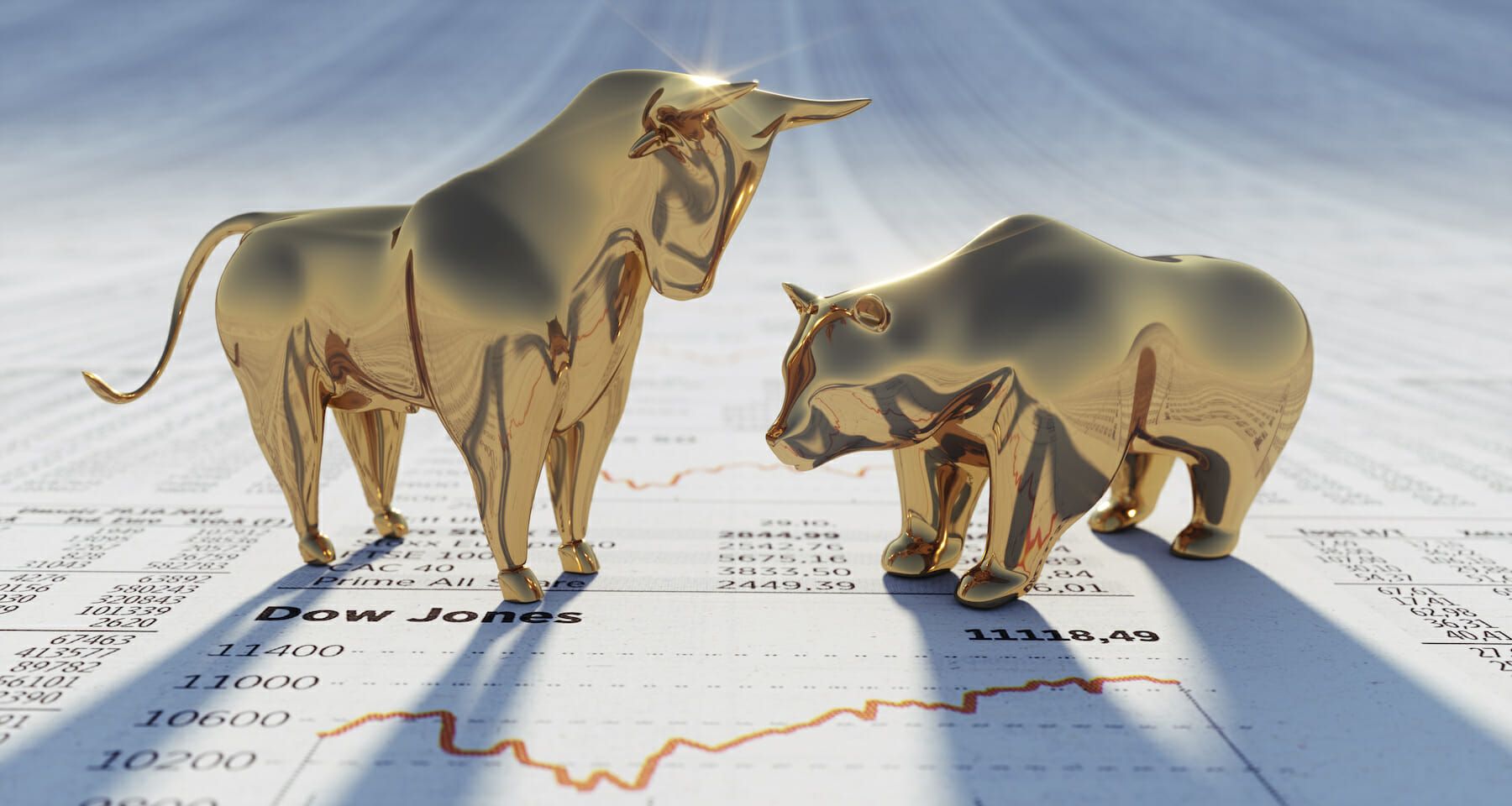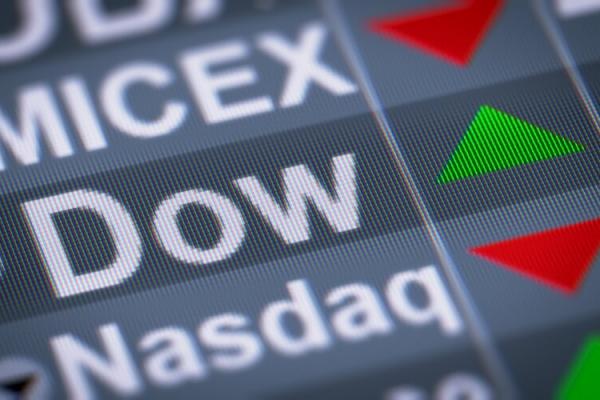Dow Jones: What Is It And Why Is It Important?

The Dow Jones Industrial Average is a stock market index measuring the performance of 30 large, publicly owned companies. It is a price-weighted index that includes only stocks of major U.S. trading houses, and was created in 1896 by Charles Dow. The Dow Jones Industrial Average (DJIA) ‘s most commonly quoted average is a price-weighted index that includes 30 large, publicly owned companies. The hope is that it will accurately show how stocks are performing across different sectors and industries and be used as an indicator for the broader market.
Table of Contents
The Dow Jones Industrial Average today
Dow Jones Industrial Average prices for the most recently traded day are calculated each morning at 8:30 a.m. CDT. At that time, 30 stocks are selected from the aforementioned index to be represented, and they are equally weighted, meaning no stock represents more than 7.97 percent of the index. The same stocks are then selected every quarter and the 30 other companies for inclusion in the index. Originally, John Coles selected stocks by hand, who served as editor of The Wall Street Journal in 1896. The Dow Jones index remained constant until 1942, when stocks began to be selected by computer, and this began the modern era of the Dow Jones Industrial Average.
Importance of the Dow Jones Industrial Average
The Dow Jones Industrial Average is the longest-running index, and in an era when indexing and ETFs are becoming increasingly popular, it is still as relevant as ever. A high-quality set of 30 stocks of this size is a powerful gauge for how stocks perform for individual and institutional investors. The Dow Jones Industrial Average can be considered the most comprehensive index that tracks stocks across the industrial sector of the stock market. This primarily reflects the industrial sector’s large economic significance, including a significant role in the modern global economy. Measuring a range of stocks across different sectors is a good reflection of how all of these sectors are performing in the overall market.

How to read stocks in the Dow Jones Industrial Average
As mentioned, the Dow Jones Industrial Average tracks 30 companies, all of which meet certain minimum size requirements. They must have a market capitalization of over $1 billion and have annual revenues at least $5 billion. As a rule, the Dow Jones Industrial Average members are most often very large companies with global operations. The companies are weighted according to a stock market-based formula, which includes their market capitalization, sales, and revenues. As a result, more profitable companies have larger weights than less profitable companies. The index is calculated with a moving average of closing prices across all the stocks in the index. This is calculated based on price.
Conclusion
Charles Dow developed the Dow Jones Industrial Average (DJIA) in 1896 as a measure of stock market performance. In his day, it was a valuable method of determining how broad the market was, but in today’s market its primary use is to determine a stock’s price, the best indicator of stock performance. Even though the Dow Jones Industrial Average was used periodically by Charles Dow, in order to help spot market bottoms it was combined with a stop-loss. However, these “catch-all” mechanisms are rarely used today, but when the large number of small stocks can be counted, a low-float index is usually a good buy. As a result, the market performance of the DJIA and the index generally reflects the outlook of the majority of investors.